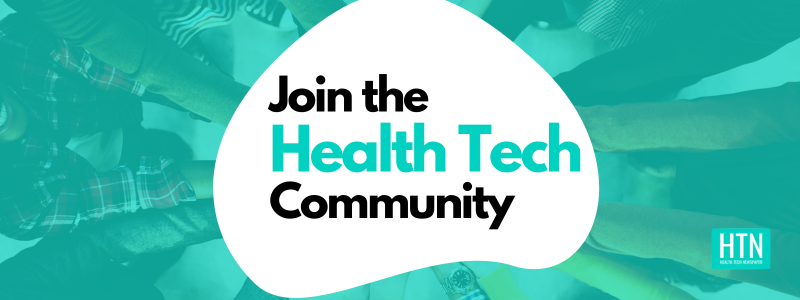A study published in BMC Health Services Research has highlighted “important considerations for strengthening virtual primary healthcare approaches to meet the needs of Indigenous peoples worldwide”. Authors highlight four themes: barriers of virtual primary healthcare, indigenous-centred approaches, virtual indigenous relationality, and collaborative approaches to ensuring holistic virtual care.
Using a rapid review methodology, authors conducted literature searches on multiple databases, using inclusion criteria including that studies be focused on indigenous peoples in Canada, the USA, Australia or New Zealand; and focused on the experiences of primary healthcare for indigenous populations in virtual modalities. The final number of studies included in the review was 21. Authors then used Maxwell and Miles and Huberman’s qualitative thematic analysis technique of descriptive and pattern coding, to yield results.
On theme 1, the limitations and barriers of virtual primary healthcare, researchers found “several cultural, technological, and educational barriers”, including difficulties forming trusting relationships with patients, the inability to perform physical exams, the lack of cultural inclusion into frameworks and virtual care, and the lack of evidence on evaluation and evaluation frameworks for the delivery of virtual care to Indigenous populations. Lack of access to technology platforms, internet access, infrastructure barriers and training, were also highlighted as barriers to virtual primary healthcare services.
For theme 2, indigenous-centred virtual primary healthcare, researchers found only one of the included studies was “indigenous-led” in terms of the involvement of indigenous communities in its design and implementation. They also identified several sources which placed engagement, community support, and partnership development, at the centre of successful indigenous-centred virtual care implementation. Ideas around prioritising the indigenous voice included using indigenous healthcare staff to support virtual programmes, considering cultural requirements such as having a holistic healer’s involvement, and ingraining programmes with holistic and traditional principles. Authors noted that “when virtual programs prioritize Indigenous voices, their uptake and overall sustainability are enhanced, as the community feels ownership over what they have”.
On theme 3, building relationships and trust, the review identified that building trust and understanding with indigenous patients was “integral to promoting adherence” to virtual primary healthcare, and that building capacity and trust within the community was an important step toward this. It found that improving digital literacy and taking the time to mitigate privacy and security concerns relating to telehealth, improving technological infrastructure, and using virtual care clinics to increase opportunities for outreach to rural and remote areas, are key factors in advancing virtual primary healthcare for indigenous communities. An added benefit of virtual care, the review found, is the opportunity it provides for continuity of care, allowing indigenous patients to receive consistent care, “rather than the limited interactions during those infrequent physician visits to community”.
On the final theme, collaborative approaches to ensuring holistic virtual care, authors found recommendations for integrating virtual care into holistic frameworks, addressing “varied cultural conceptualizations of health and wellness”. They also highlighted that “successful incorporation of holistic care was often related to receiving information in one’s language”, and that a shift from individual self-management to whole of community, was a desirable outcome. Key actions outlined in this section included emphasising community-based decision making, involving patients in assessment processes, improving overall patient health literacy, and “developing technology that includes family”.
Authors discussed that “for Indigenous virtual PHC to be of high quality it must be designed, implemented and evaluated in ethical and culturally-safe ways”, and that “virtual care is not inherently more appropriate or safer for Indigenous people than in-person delivery and the risk remains that virtual care can replicate current harmful systems of oppression of Indigenous people in the health system”.
The article concluded that “indigenous virtual PHC must consider technology and infrastructure barriers, access, digital health literacy skills, and other factors that can impact engagement with virtual care modalities”, prioritising relationality, culture, and digital health equity.
Citation: Fitzpatrick, K.M., Ody, M., Goveas, D. et al. Understanding virtual primary healthcare with Indigenous populations: a rapid evidence review. BMC Health Serv Res 23, 303 (2023). https://doi.org/10.1186/s12913-023-09299-6
Elsewhere in academic research from the healthcare field, a journal published in eClinicalMedicine, part of The Lancet Discovery Science, has explored digital exclusion and functional dependence in older populations in high-income countries (HICs) and low- and middle-income countries (LMICs).
- 1
- 2

















